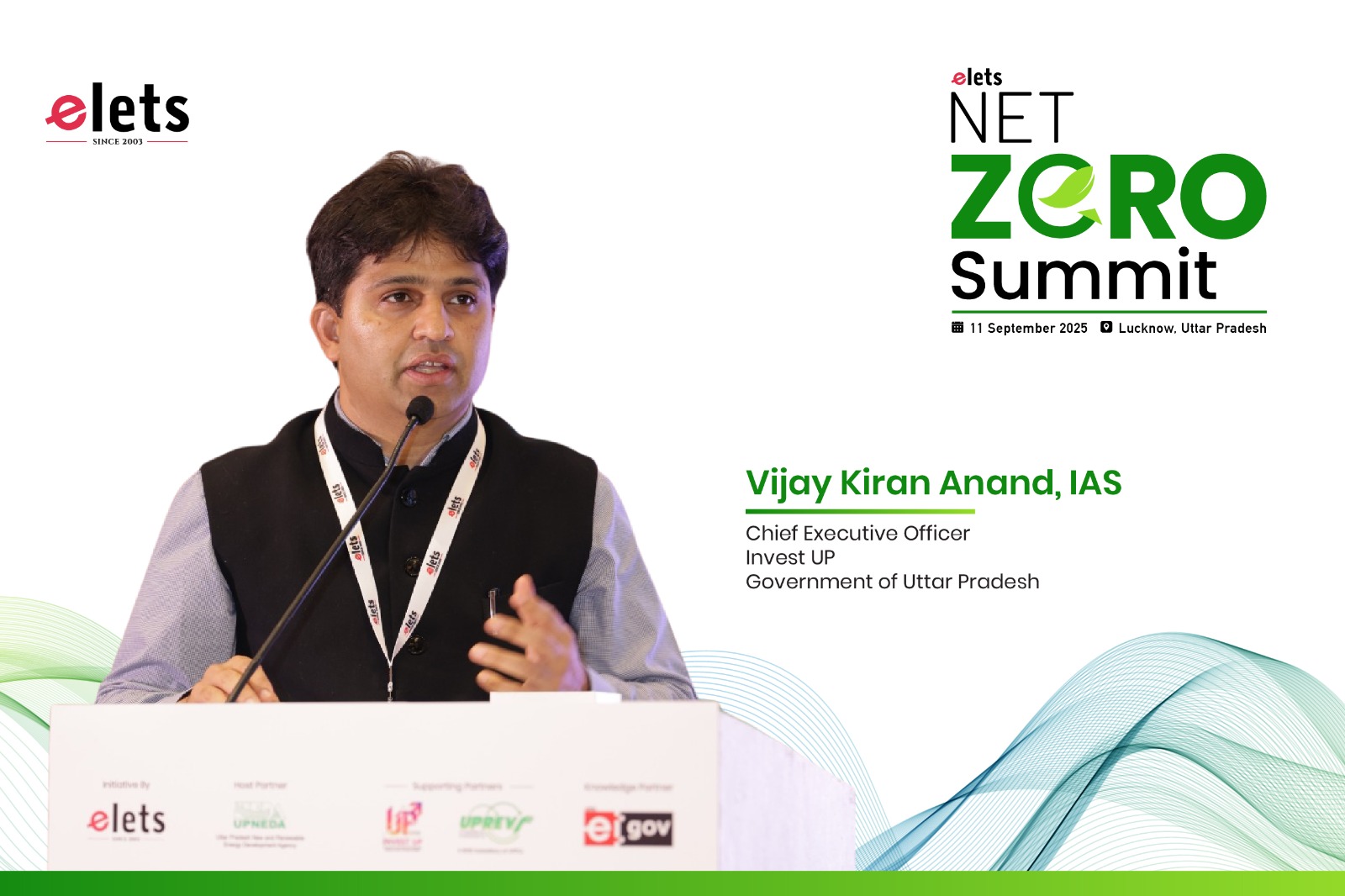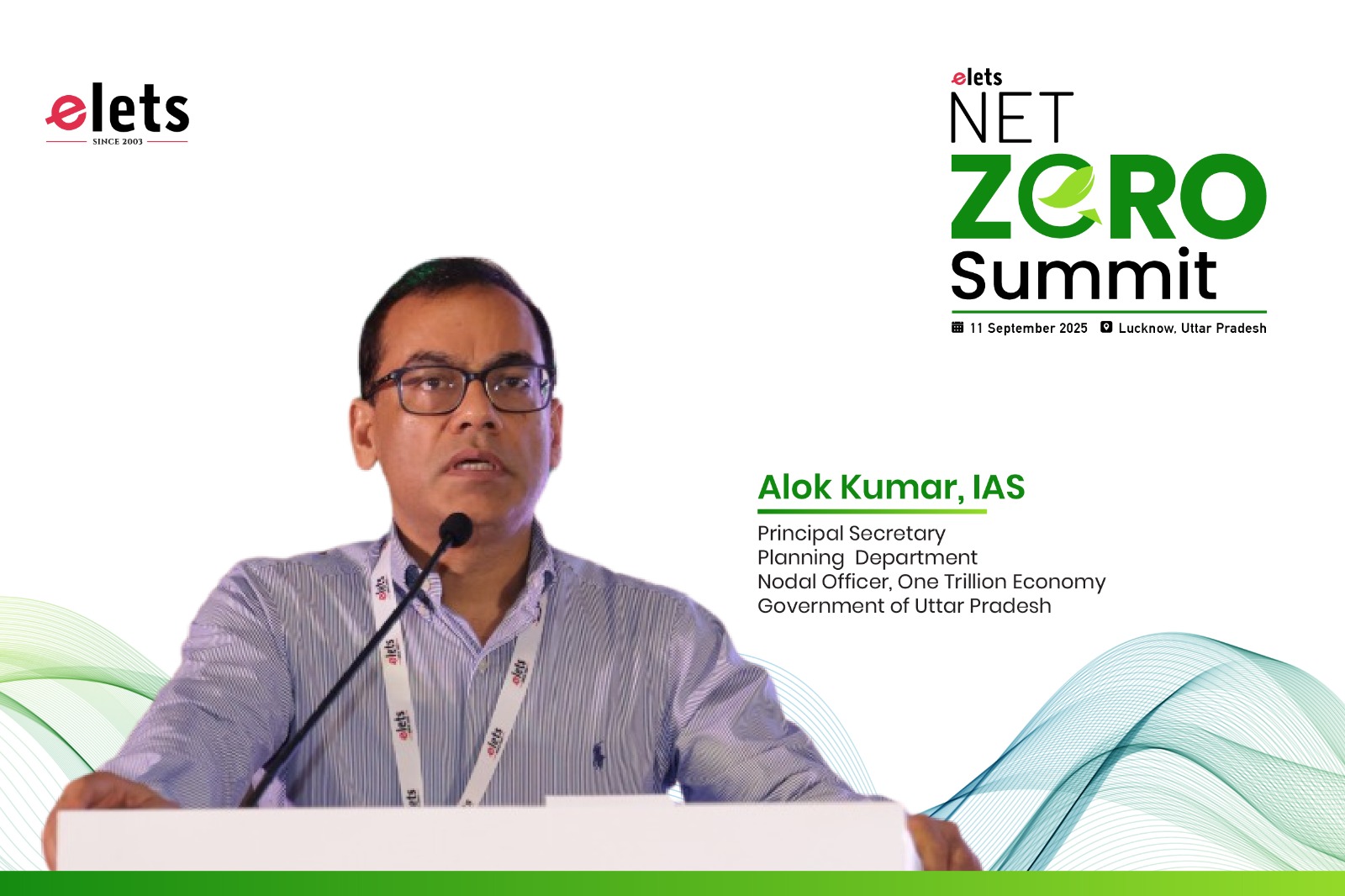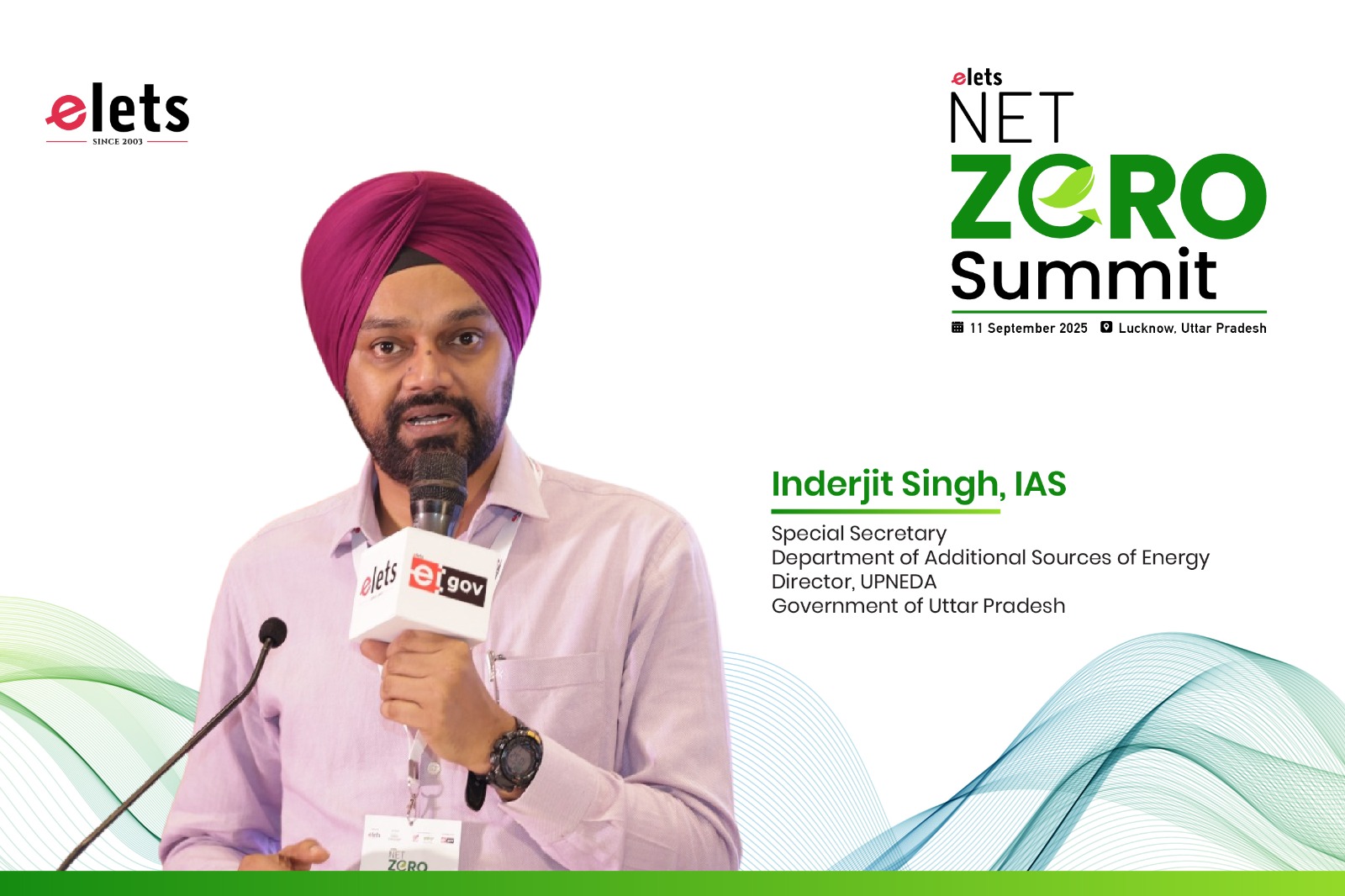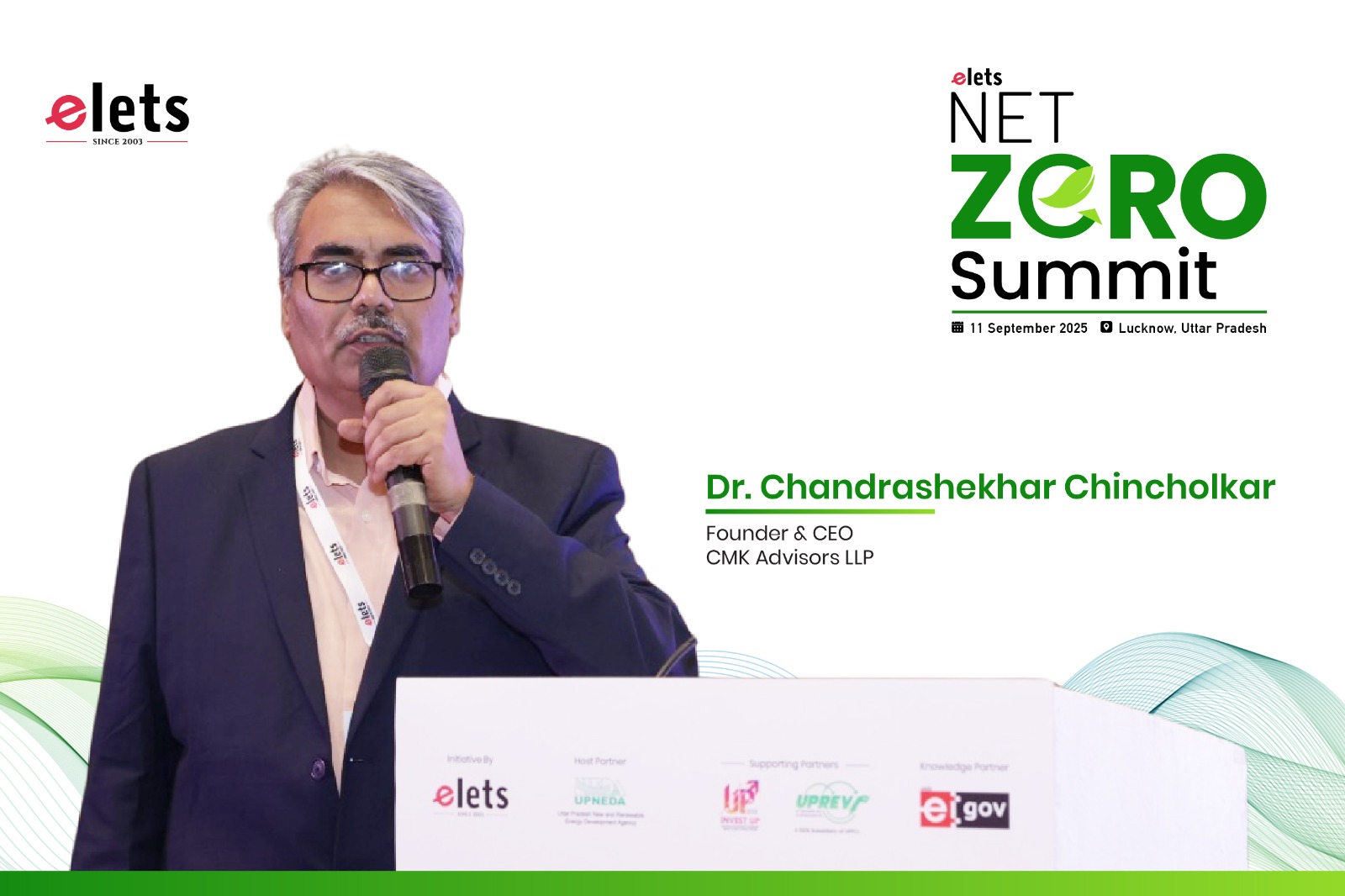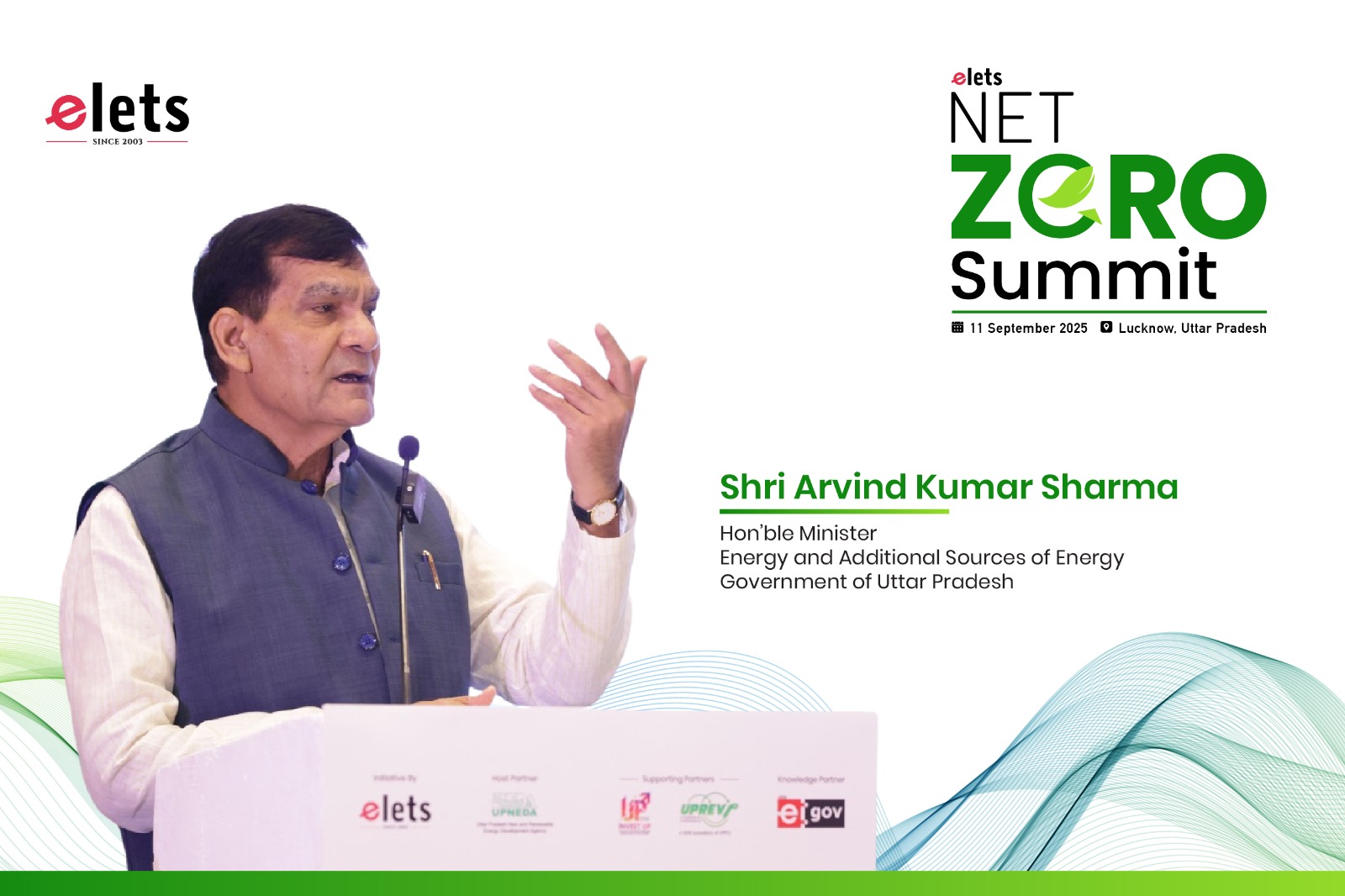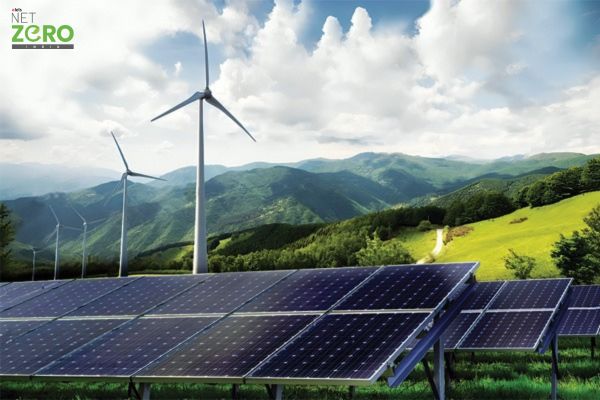
As India accelerates toward sustainable development and net-zero emissions, Kerala is emerging as a leader in renewable energy adoption. With its abundant natural resources, progressive policies, and strategic investments, the state is setting new benchmarks in India’s clean energy transition.
Kerala has outlined an ambitious vision to become 100% renewable by 2040 and achieve net carbon neutrality by 2050. While solar, wind, and small hydro projects already contribute significantly to its energy mix, the state is now focusing on green hydrogen hubs, transport electrification, and innovative energy transition programs.
With flagship initiatives like the Hydrogen Valley Innovation Cluster (HVIC), Green Income Scheme, solarised cities and the electrification of tribal hamlets, Kerala is at the forefront of India’s energy revolution. The state’s leadership was further recognized when Thiruvananthapuram became the first Indian city to win the UN-Shanghai Global Award for Sustainable Development, reinforcing Kerala’s position as a trailblazer in green growth and sustainability.
By leveraging its high solar and wind potential, welldeveloped infrastructure, skilled workforce, and investorfriendly policies, Kerala is poised to become a national and global leader in clean energy innovation.
Solar Revolution
Kerala is spearheading India’s renewable energy transition, with solar energy at the core of its green initiatives. The state has launched multiple projects, from rooftop solarization to floating solar plants, ensuring energy selfsufficiency and economic benefits for citizens.
PM KUSUM Scheme (component C)
- Solarization of existing Electric Pumps – Free Electricity consumers – Additional Income for farmers
- A unique Kerala model – Subsidized Farmers are provided
- A total of 1 lakh pumps are planned to be solarised, with the first phase sanctioning 45,000 units. This includes the solarization of the Kole Wetlands, contributing approximately 167 MW.
- Awaiting additional sanction for 55,000 units from MRNE, which will contribute approximately 170 MW
Solar City Thiruvananthapuram
Under the ‘Solar City Thiruvananthapuram’ project, the Agency for Non-Conventional Energy and Rural Technology (ANERT), in collaboration with Smart City Thiruvananthapuram Ltd, has solarised over 500 buildings, achieving a total capacity of 17 MWp within 18 months. This initiative significantly reduces the city’s carbon footprint and dependence on external power sources.
Green Income Scheme: Solar for Economic Upliftment
Promoting solar energy among BPL, SC/ST communities, and fishermen, this initiative provides free 2 kW & 3 kW solar power plants to 2,000 households. Beneficiaries earn an additional ₹3,000 to ₹5,000 monthly by selling excess electricity to the Kerala State Electricity Board Limited (KSEBL). The program also encourages electric cooking, cutting down LPG expenses and further improving household savings.
Solar Village: Perinjanam’s Energy Self-Sufficiency
Kerala’s Perinjanam village became India’s first solar-powered panchayat, leading the way before national solar schemes. Initially producing 500 kW in 2016, the village expanded capacity to 900 kW, setting an example of self-sufficiency and sustainability. This initiative underscores the state’s commitment to local-level renewable energy adoption.
Floating Solar: Optimizing Water Bodies for Energy
Kerala is pioneering floating solar plants to maximize energy output without disrupting navigation, fishing, or livelihoods. The World Bank’s ESMAP Trust Fund is assisting with technical feasibility studies for floating solar projects at:
- Kallada Dam
- Pothundy Dam
- Karapuzha Dam
The state cabinet has approved guidelines for a Single Window Clearance System to fast-track these projects. This initiative aims to optimize Kerala’s vast water resources for clean energy generation.
Wind Energy Potential
Kerala, despite its relatively lower wind speeds compared to states like Tamil Nadu and Gujarat, has significant untapped wind energy potential due to its coastal location, hilly terrain, and emerging offshore wind prospects. The state’s wind energy potential is estimated at 1.7 GW, primarily concentrated in the Palakkad Pass, Idukki, and coastal regions. As of December 31, 2024, Kerala’s installed wind power capacity stands at 63.50 MW, positioning it among the states with emerging wind energy infrastructures in India.
The Kerala State Electricity Board (KSEB) has been actively promoting wind energy, with existing projects in Ramakkalmedu, Agali, and Kanjikode. The state is exploring hybrid renewable energy models, integrating wind, solar, and pumped storage to optimize generation and grid stability.
With the Union Government’s focus on offshore wind, Kerala’s coastline offers opportunities for floating wind farms, leveraging advancements in deep-sea wind turbine technology. Additionally, policy initiatives such as open-access power purchase agreements (PPAs) and incentives for private developers are expected to drive future investments.
The state’s wind energy development aligns with its green hydrogen roadmap, providing clean power for electrolysisbased hydrogen production and supporting the state’s sustainability and energy security goals.
Green Hydrogen
Kerala is one of 10 potential states identified by MNRE for green hydrogen (GH2) production, owing to its strong industrial base, port infrastructure, and renewable energy (RE) potential.
- State’s Budget 2023 allocated ₹90 lakh to ANERT for GH2 pilot projects and a Centre of Excellence.
- The state has announced a ₹200 crore scheme to develop GH2 hubs in Kochi & Thiruvananthapuram, offering grants, equity support, and viability gap funding over the next 2-4 years.
Kerala’s Strategic Advantages
1. High Renewable Energy Potential:
- Solar: 6.1 GW (ground-mounted), 6.5 GW (floating)
- Pumped Storage: 9 GW, along with wind & tidal potential
2. Abundant Water Resources: 3,000 TMC water availability and 250 cm annual rainfall.
3. Export Potential: Strategic access to 2 major ports and 17 minor ports.
4. Progressive Policies: ESG Industrial Policy 2023, GH2 Policy 2023 (Draft), and Floating Solar Guidelines 2023.
5. High Domestic Demand: Industries like FACT, BPCL, HOCL, Cochin Petromins.
6. Global Trade Links: Ongoing talks with Port of Hamburg for GH2 exports from Kochi.
Hydrogen Mobility Pilot Projects
Kerala is piloting GH2-powered fuel-cell and H2ICE vehicles, led by ANERT in collaboration with ARAI. The state is developing hydrogen refuelling stations and seeking financial support to bridge the viability gap due to high capital costs.
Hydrogen Valley Innovation Cluster (HVIC)
The state government has approved the ₹133-crore Hydrogen Valley Innovation Cluster (HVIC-Kerala) to build a localized hydrogen ecosystem.
- Led by ANERT’s CEO and supported by DST, state power & finance departments, and industry stakeholders.
- The Government of India plans to set up four HVICs by 2030, with each receiving ₹50 crore in Phase I.
Kerala’s Green & Sustainable Transport Initiatives
Kochi Water Metro: A Model for Green Urban Transport
The Kochi Water Metro is India’s first integrated electric ferry system, designed to connect 10 island communities with the mainland through a sustainable, eco-friendly transport network. Developed by Kochi Metro Rail Limited (KMRL), the project will feature 78 battery-operated hybrid boats operating across 16 routes and 38 terminals, spanning 76 km.
Once fully operational by 2035, the Water Metro is expected to serve 1.5 lakh daily passengers, significantly reducing road congestion and carbon emissions. The first phase included 23 vessels built by Cochin Shipyard Limited (CSL), with 13 already delivered. The upcoming second phase will add 55 more boats to expand capacity further.
Beyond urban transport, the project also explores PublicPrivate Partnership (PPP) opportunities, including hydrogen fuel cell-based vessels and metro feeder systems using hydrogen internal combustion engines (H2ICE).
Hydrogen-Powered Ferry
Cochin Shipyard Limited (CSL) launched India’s first hydrogen fuel cell catamaran ferry as a pilot project, which was flagged off by Prime Minister Narendra Modi on February 28, 2024. Key features include:
- Passenger capacity: 25
- 50 kW PEM fuel cell & 40 kg onboard hydrogen storage
- 50 kWh Li-ion battery & 3 kWh solar panels
Additionally, CSL has delivered 13 out of 23 hybrid electric 100-passenger water taxis to the Kochi Water Metro, demonstrating its leadership in green maritime transport.
Also Read :- Assam Emerging as a Key Energy Hub, Poised for Growth in Hydrocarbons and Clean Energy: CM
Hydrogen-Powered Feeder Container Vessel
CSL is also supplying two hydrogen-powered feeder container vessels for Samskip, a Netherlands-based logistics firm.
- Part of the SEA SHUTTLE zero-emission project, supported by the Norwegian government’s green funding program
- 135-m vessels, 500 TEU capacity, powered by 3.2 MW hydrogen fuel cells These innovations position Kerala as a leader in green maritime transport and hydrogen adoption.
Cochin International Airport: A Benchmark in Green Aviation
Cochin International Airport (CIAL) is the world’s first fully solar-powered airport, setting a precedent in sustainable aviation.
- 50 MW solar plant, supplying excess energy to the grid
- 4 MW hydropower plant, added in 2021
- Potential for Sustainable Aviation Fuel (SAF) Projects
Since 2015, CIAL has been energy-neutral, feeding surplus power into Kerala’s grid and showcasing a scalable model for green infrastructure.
R&D Centre of Excellence
The Ministry of New & Renewable Energy (MNRE) issued a Call for Proposals (CfP) on November 4, 2024, for setting up Centres of Excellence (CoEs) under the National Green Hydrogen Mission (NGHM).
ANERT, in collaboration with IIT Palakkad, has submitted a proposal titled “Centre of Excellence for Advanced Electrolysis and Innovative Hydrogen Production”, focusing on low-voltage electrolysis and green hydrogen production with value-added by-products.
Key Highlights
- Industry collaboration for R&D on alternative materials and techniques.
- Skill development & training programs for students and professionals.
- Funding: MNRE covers 50% of the cost, with the remaining secured by applicants/partners.
- Investment: ANERT is developing CoE infrastructure in Palakkad, Kerala, with a ₹60 crore phased investment. Phase 1 covers building construction, training labs, and conference spaces.
Road Ahead
Kerala’s commitment to green hydrogen, renewable energy, and sustainable transport is shaping it into a leader in India’s clean energy revolution. Through strategic investments, innovation, and forward-thinking policies, the state is not only reducing its carbon footprint but also positioning itself as a global hub for green technology.
Backed by strong policy initiatives, Kerala is laying the foundation for a sustainable future. Key upcoming policies, including the Kerala Green Hydrogen Policy 2025, Floating Solar Power Plant Development Guidelines, and the Kerala Power Policy 2025, will further accelerate the state’s transition to clean energy.
By fostering innovation, industry collaboration, and research in renewable energy, Kerala is setting an example for the rest of the country, paving the way for a greener, more sustainable future.
Be a part of Elets Collaborative Initiatives. Join Us for Upcoming Events and explore business opportunities. Like us on Facebook , connect with us on LinkedIn and follow us on Twitter, Instagram.
"Exciting news! Elets technomedia is now on WhatsApp Channels Subscribe today by clicking the link and stay updated with the latest insights!" Click here!




